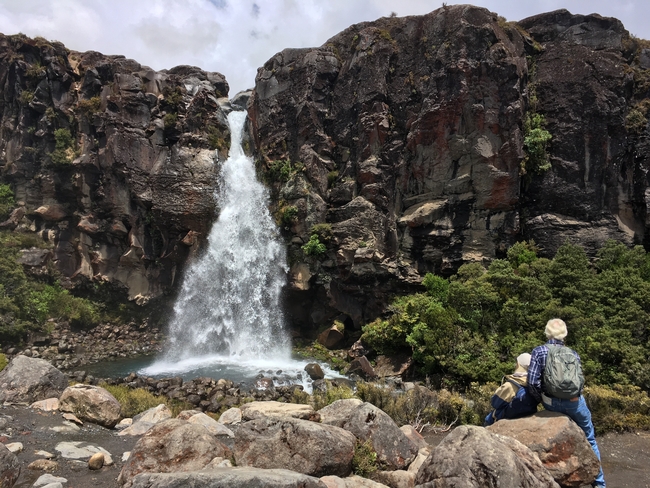One, one hundred, one thousand
This little mnemonic, or memory aid, in the title is helpful in remembering the critical levels of toxic constituents in irrigation water. The “one” stands for 1 part per million (ppm) of boron (B), the” one hundred” flags 100 ppm of sodium (Na) and chloride (Cl) and the “one thousand” represents the level of total soluble solids (TDS or salts) in water. Levels exceeding the critical values for any of these constituents can present problems for tree growers. The problems typically show themselves as tip-burn and defoliation. The B, Na and Cl are toxic elements at relatively low concentrations, but symptoms appear similar to the damage caused by high salinity.
Water that exceeds the critical levels mentioned in the mnemonic has a greater tendency to cause damage if sufficient leaching is not applied. It doesn't mean the water is impossible to use, only that greater attention needs to be made to ensure that these salts are adequately leached. High levels of these salts accumulate in the soil with each irrigation; the salts are absorbed by the tree and end up in the leaves where they do their damage.
Irrigation is a necessary evil. Every time we apply irrigation water we apply salts, and unless some technique is used to minimize salt accumulation, damage will result. This damage can be more than just leaf drop, but also the stress that induces conditions for root rot. In most years we rely on winter rainfall to correct the salt imbalance resulting from irrigation water.
The last two years have had winters largely without rain. Irrigation water was applied throughout the winter, spring, summer and fall and many trees looked stressed this spring. Even well irrigated orchards in the spring of 2022 had leaf burn due to the gradual accumulation of salts from irrigation. Avocados, which are generally more sensitive to salts than citrus, dropped their salt-burned leaves this spring when flowering began.
We usually think that it is not necessary to irrigate in the winter, but these last two winters should change that opinion. To add to the lack of rain problem, it may be necessary to irrigate even if there is rain in the future. The wetted pattern that is created by a drip or microsprinkler emitter also creates a ring of salt in the outer band of the wetted patter. If there is less than an inch of rainfall to push this salt down, this salt tends to diffuse towards the tree where it can accumulate back in the root system. Orchards with even good water quality would find it advisable to run the irrigation system with the first rains. Those with poor water quality definitely should run the microsprinkler system with an equivalent of one-half inch applied water (13,500 gallons per acre) during or soon after the first events of less than one-half inch rainfall. Growers with water quality exceeding one, hundred, or thousand should be especially alert to the need to manage water in low rainfall winters.
